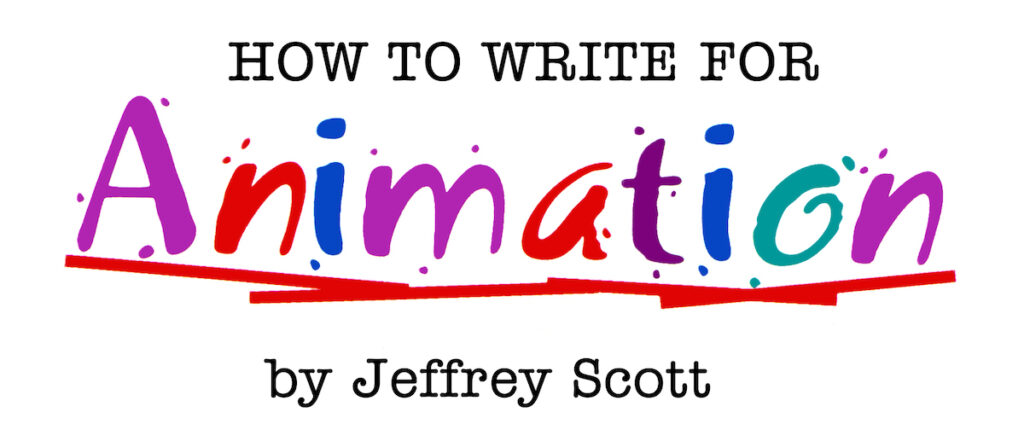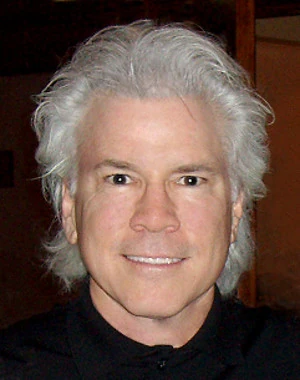
Visual comedy is often called sight gags. A dignified man’s pants falling down is a sight gag. Charlie Chaplain, Buster Keaton, Bugs Bunny, and SpongeBob were masters of the sight gag. Sight gags work on the principles of illogic previously mentioned. Squash-and-stretch animation relies almost entirely on sight gags.
Sight gags come out of the environment characters are in. This is why it’s so important to choose the best possible location for visual comedy. An empty grass field wouldn’t be the best place to locate a series of sight gags because there are so few props. A prop is anything that a character can use, in this case for humour. In a grassy field, all you have is grass. Of course, if you look deeper, you may find a few more things to play with. Under grass you might have bugs, gophers, sprinklers, or a grave. But the ideal environment for sight gags should have loads of props. That’s why it’s a good idea to choose the best location before laying out a gag scene. However, if the story demands a certain location, then you must examine everything that could possibly be in that environment. Don’t stop at the walls or floor. Look right through them. There may be pipes or wires or rats or people in the next room. All of these things are potential sources of humour.
Not all gags come from the environment. You can get visual gags from characters as well. Just as dialogue, funny or otherwise, comes from your characters, so can sight gags. Things like facial features, clothing, items in pockets, or a tattoo can all be sources of visual humour. Emotions, too. A waterfall of tears that fills up a room or anger that turns a character’s head red hot can be very funny.
The best way to make the most out of any visual gag is to build on it, escalating the humour a second and third time, then capping it with a funny twist. For example, if you have a hungry cat trying to steal a canary out of its cage, he might first try the direct approach, reaching into the cage and setting off an alarm that startles the cat and the viewer. His second attempt might be a sneak attack by using an acetylene torch to cut the bars behind the canary only to discover that the canary is a dummy and the real canary, wearing welder’s goggles, is behind the cat flaming his backside with his own little torch. On his third try, the cat wheels a barbecue under the cage and lights the coals. Ha! He’ll cook the little pest right where he swings. Then, while the cat is tucking in his bib in anticipation of dinner, the canary sneaks out of the cage, places the cat’s tail on the grill, and when the cat looks down he sees his charred tail in a hotdog bun and the whistling canary loading on the mustard. He takes a bite and the cat hits the ceiling!
That was three gags in succession. A fourth would be too much. But you could still put a capper on it. A capper is a final gag that caps the scene, often as a twist on the original intention. For example, with the cat and canary, you might see the cat shaking salt on a bird photo in a nature magazine, tearing it out, and eating it. This caps the sequence with a gag that shows the change in the cat’s attitude. He’s lost the game and has settled for something less than his desired lunch.
©Jeffrey Scott, All Rights Reserved
Jeffrey Scott has written over 700 animated and live-action TV and film scripts for Sony, Warner Bros., Disney, Marvel, Universal, Paramount, Columbia, Big Animation, Hanna-Barbera and others. His writing has been honored with three Emmys and the Humanitas Prize. He is author of the acclaimed book, How to Write for Animation. To work with Jeffrey visit his website at www.JeffreyScott.tv.
Read other articles from this series:
#1 The difference between live-action and animation writing
#3 It all begins with a premise
#4 The secret to developing your story
#5 Finding the scenes that MUST be there
#7 How to easily transform your outline into script
#8 A brief introduction to script writing
#9 How long should your scenes be?
#10 How to (and NOT to) edit your writing
#13 The importance of communication
#17 Assuming the point of view of your audience


